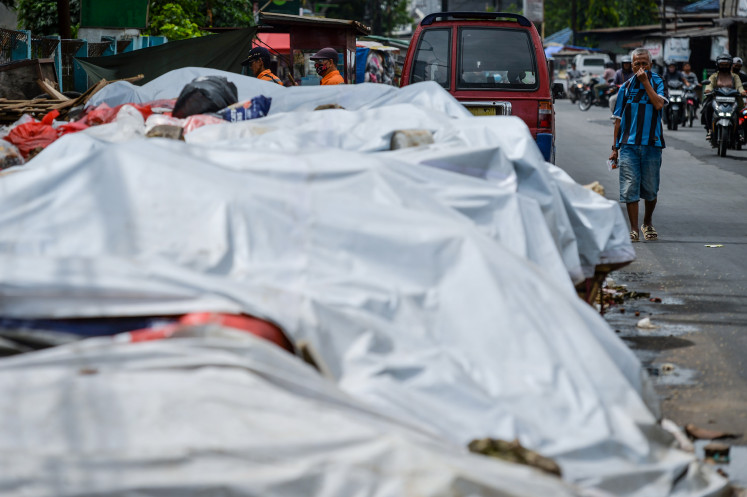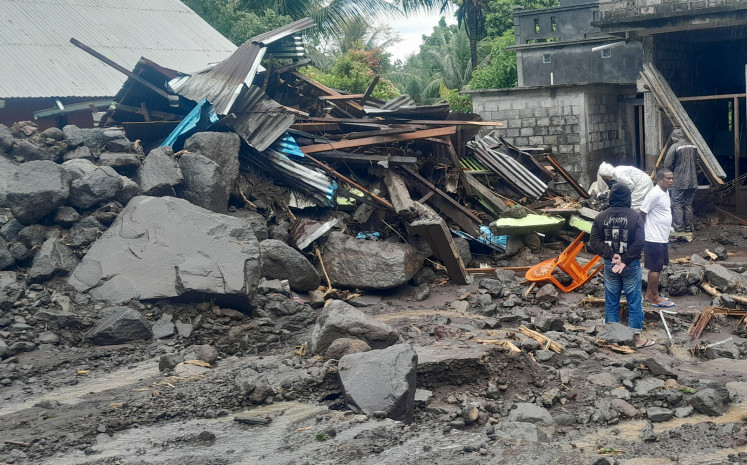Popular Reads
Top Results
Can't find what you're looking for?
View all search resultsPopular Reads
Top Results
Can't find what you're looking for?
View all search resultsClimate change increases health risks
Climate change has contributed to people’s susceptibility to skin cancer, respiratory problems and other diseases, an official says
Change text size
Gift Premium Articles
to Anyone
C
limate change has contributed to people’s susceptibility to skin cancer, respiratory problems and other diseases, an official says.
Health Ministry director general of disease control and environmental sanitation Tjandra Yoga Aditama said Thursday the depleting ozone layer had increased the risk of skin cancer for people in Indonesia.
“Rising temperatures due to climate change also increased the concentration of ozone on the earth’s surface, which can cause respiratory diseases,” Tjandra said, as quoted by Antara news agency on Thursday.
The change in climate also aggravated biodiversity loss, including plants that are used as raw material for medicines.
He said changes in ecosystem functioning coupled with land degradation would help speed up the spread of diseases and deplete water resources.
Access to clean water and good sanitation would then be limited.
According to Tjandra, signs of climate change could be seen in the increase in rainfall during the rainy season and exacerbated dryness in the dry season.
Climate change affected people’s health through the transmission of microbes in environments with rising temperatures, which could lead to deaths and waterborne illnesses, he said.
“The spread of the agents of waterborne illnesses will come with outbreaks of communicable diseases like leptospirosis, diarrhea and cholera. Many areas in Indonesia are prone to outbreaks of diarrhea,” he said.
A rise in temperature of between 2 and 3 degrees Celsius would increase the number of vectors borne by between 3 and 5 percent.
The government has said that Indonesia is one of the most vulnerable countries to climate change.
Tjandra said the Health Ministry would conduct a study to assess the impact of waterborne, vector-borne, airborne and non-communicable diseases in the country.
Data from the Environment Ministry showed that the ozone layer over the country had dropped to alarming levels, with the lowest ozone concentration recorded above eastern Indonesia and some areas in North Sulawesi.
The report measured ozone concentration from 2004 to 2009.
It blamed the decrease on ozone-depleting chemicals such as chlorofluorocarbons (CFCs). CFCs are still used in some air conditioners, refrigerators and cars despite the Montreal Protocol, which recommended phasing out the use of CFCs.
The ozone layer protects organisms on earth by absorbing the sun’s radiation, thus preventing harmful ultraviolet (UV) rays from reaching the earth’s surface.
The increase in UV rays has also been linked to lower plant productivity and deterioration in certain forms of marine life.










